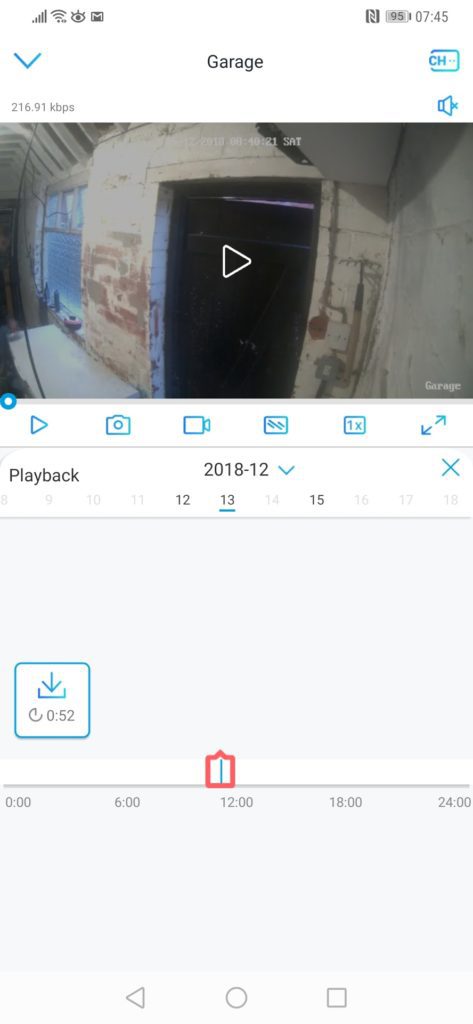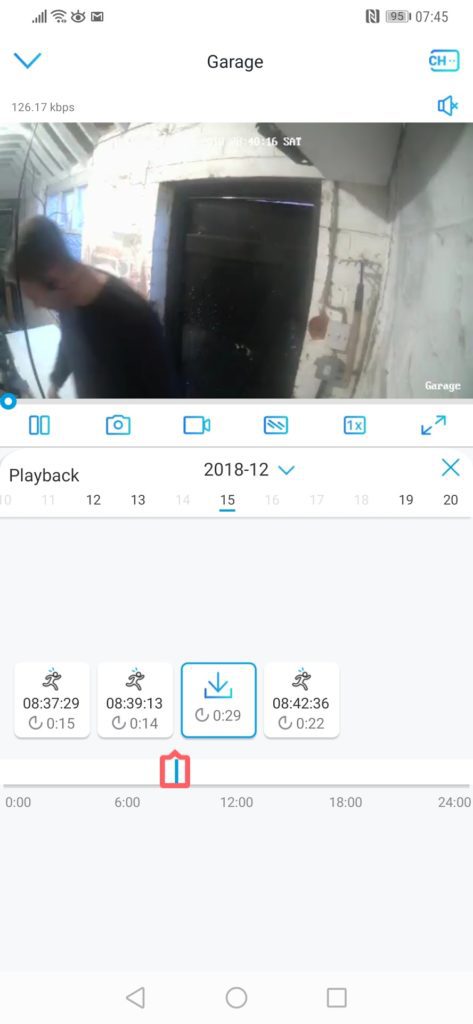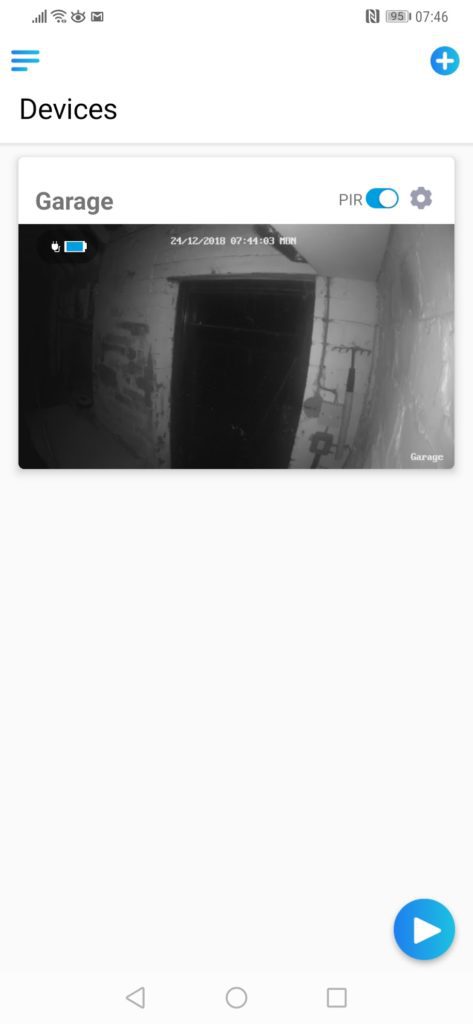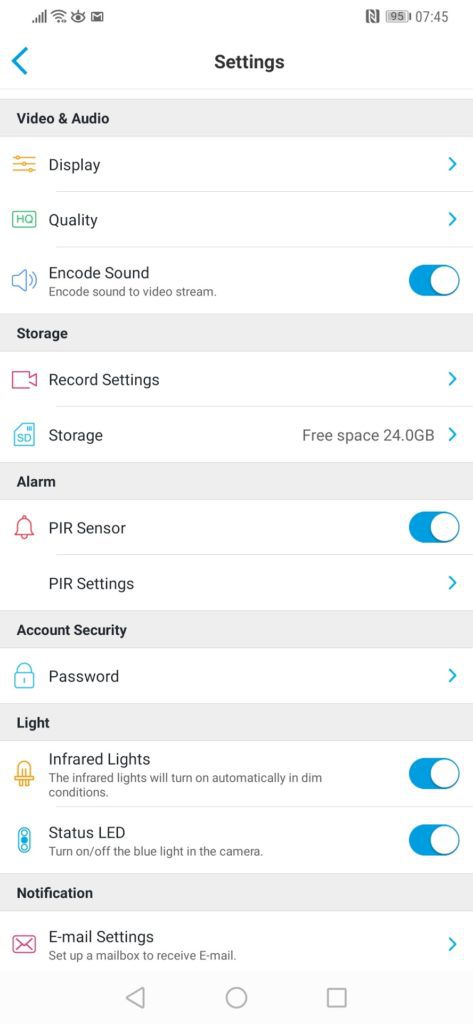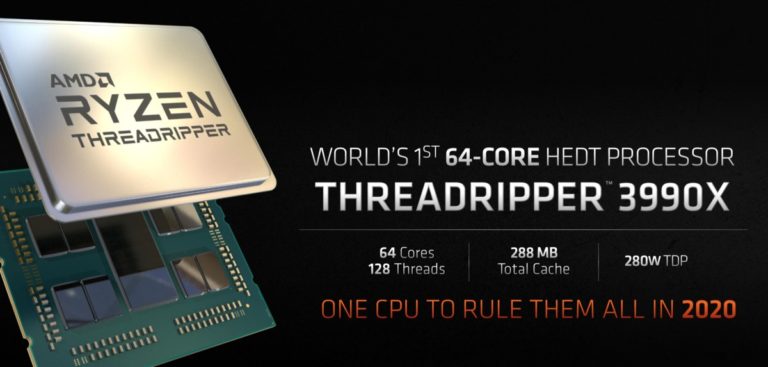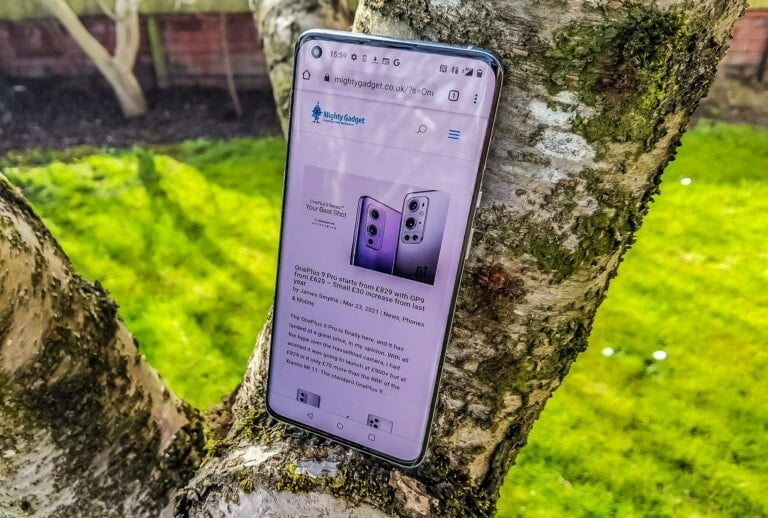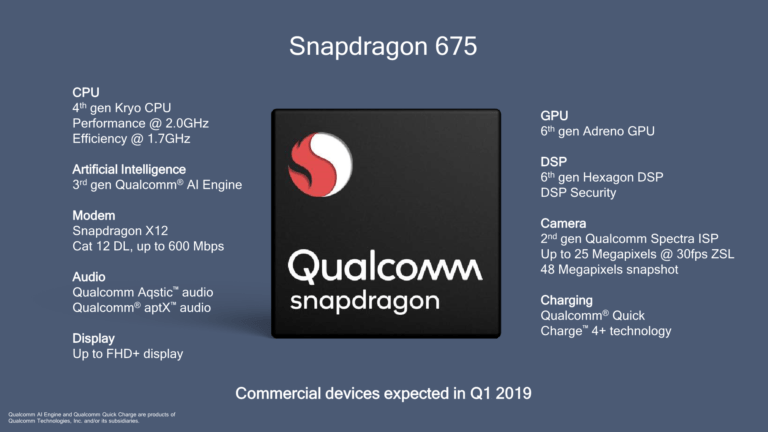Any links to online stores should be assumed to be affiliates. The company or PR agency provides all or most review samples. They have no control over my content, and I provide my honest opinion.
This year I have reviewed a few different Reolink cameras and found them to be a great affordable alternative to popular cloud-based security camera solutions such as Arlo, Ring, and
The Reolink Go recently launched and is yet another affordable option to one of Arlo’s offerings, the Arlo Go.
It is a bit of a niche camera, but it offers functionality that many people need. The camera includes a sim slot with 4G accessibility. This then gives you the freedom to mount the camera anywhere you want. So, for someone like myself, it is not all that useful as I mount all my cameras well within range of my Wi-Fi however for people living on large plots of land, getting a decent signal somewhere can be difficult. Similarly, I have a friend that rents out a storage unit on an industrial estate, he needs some form of CCTV with online access but the unit has no access to the internet, so he has had to create his own solution using a ring camera and a mobile router. This camera would be the perfect solution to this scenario, and a situation that I expect a lot of people face when renting out units.
Priced at £235 it is quite a lot more expensive than the other cameras I have reviewed from Reolink, but this is understandable due to the increased costs of adding in a 4G modem. The Arlo Go costs at least £35 more at £269.99 on Amazon, thought its RRP is £339.
[button link=”https://amzn.to/2T718lm”] Buy from Amazon[/button]

Once you move away from the connectivity features, most of the features are the same as you will find in other Reolink cameras.
It has a Starlight CMOS Image Sensor that is capable of 1080p HD at 15 frames/sec. The starlight functionality allows it to perform much better than other sensors in dark situations.
It features a 7800mAh rechargeable battery, and you can squeeze out some extra life from it using one of the optional Reolink Solar Panels. Reolink promises a battery life of up to two months on standby or up to 500 minutes of live streaming and recording.
The camera is fully weatherproof so you are able to mount it outside and the included screw mount is superb giving you a nice secure fit (unlike the mounts included with Blink and Arlo).

With Arlo Go they do have a microSD slot, unlike other models and combining this with the free subscription cloud service you should be OK for most scenarios, but Arlo will push you towards one of the paid plans, and these are quite reasonably priced.
With Reolink there is no requirement to use a cloud service, and there is no monthly fee associated with your recordings. Realink appears to be launching their own cloud service that you can optionally use. At the moment for US customer you can get free beta access with 10GB of cloud storage for up to five cameras. In the future, they will offer a free basic plan for one camera. Then $24.99 per year 30-day 5 camera 10GB plan, or $50 per year for the 10 camera, 50GB plan. This is very reasonable, but I am based in the UK, and I couldn’t find an option to bind my camera to the account, so it looks like it is still georestricted.
In comparison, the Arlo Smart Premier has 10 camera support with 30 days of notifications, and that will set you back £6.49pcm so £77.88 per year, which is quite a bit more expensive. It is worth noting that the Arlo service has some advanced motion detection features so it will be slightly better than the Realink option.
Without the optional cloud service, all your data is stored on a microSD card. This has pros and cons, the main concern would be an intruder accessing the camera before you have a chance to download the footage. On the flip side of this is that it drastically reduces both the cost and bandwidth needed.

Similar to the Arlo, due to the increased number of components inside this camera, the overall dimensions have increased, and the camera has a new triangular shaped battery. The overall design and build quality is excellent as usual though.
I know it is a small thing, but I really like the mount they supply, there is nothing technically special about it, but Blink has a plastic mount, and normal Arlo cameras just come with a magnetic mount. So having a solid screw-in mount means you don’t have to spend more money than needed.
The camera itself is IP65 certified, but you can improve things further by using the included rubber jacket.
Unlike the other cameras, there is now a sim slot which you will need for data connections. Vodafone has conveniently introduced a new sim card for connected devices called V-Sim. These cost £9pcm for the camera version. I used a normal data SIM for reviewing but this would be too expensive normally.
Set-up and app
Once you move past the small but significant hardware change, everything else I about the same as the other Reolink cameras I have reviewed. Which is a good thing.
One thing that is worth noting is that the camera uses a microSIM not nano so you may need to buy an adaptor. With it using mobile data, the set up is done over the mobile data network rather than Wi-fi. At first I couldn’t get it to work as I tried my contract sim card, and it would seem that only some options are available. For Vodafone that is prepaid SIM only, though O2, 3, and EE should all work.
Once set up you can view live streams, view the event activated recordings and set up push notifications. There is also a notification service via email.
Performance
Where I live, garage thefts are quite frequent, and we have had a bike stolen from the garage in the past. This is also an area where my Wifi is not great so I thought it would be a good option to test the Reolink Go.
In previous reviews, I have not bothered with the alarm functionality as I didn’t want the camera randomly making a noise every time it picked up motion. However, in this scenario, I did use it, and it works, but the alarm isn’t very loud. This is probably a good thing to avoid infuriating neighbours, and I have left it engaged. Hopefully if anyone does enter the garage, the noise will warn them of the security and scare them off.
In this scenario, the push notifications and motions alerts work perfectly for me. There are no shadows, moving branches or rain to cause false positives. So far, I have only been alerted when I enter the garage myself.
Video performance is on par with the Reolink Argus 2 which is to be expected as they appear to use the same Startlight CMOS Image Sensor.
Connecting to the video streams can sometimes be a little slow, occasionally it will fail, but I can generally connect with no issues. A cloud-based service will be quicker to access data, and this is something that is worth considering when buying.
[button link=”https://amzn.to/2T718lm”] Buy from Amazon[/button]
Conclusion
It appears there are only two cameras on the market that can connect to mobile data. This is cheaper to buy and has no monthly cost so the overall cost of ownership is significantly less than Arlo Go. Therefore, it is a no-brainer, if you need mobile data and want something affordable this is the camera for you.
Also, when the cloud service launches in the UK it will work out cheaper than the Arlo option which will further reduce the cost of ownership in comparison.
As usual, I prefer the Arlo app, and the overall Arlo experience, but you need to weigh up if it is worth the additional cost and if you want to be tied down to a subscription-based cloud service.
I am James, a UK-based tech enthusiast and the Editor and Owner of Mighty Gadget, which I’ve proudly run since 2007. Passionate about all things technology, my expertise spans from computers and networking to mobile, wearables, and smart home devices.
As a fitness fanatic who loves running and cycling, I also have a keen interest in fitness-related technology, and I take every opportunity to cover this niche on my blog. My diverse interests allow me to bring a unique perspective to tech blogging, merging lifestyle, fitness, and the latest tech trends.
In my academic pursuits, I earned a BSc in Information Systems Design from UCLAN, before advancing my learning with a Master’s Degree in Computing. This advanced study also included Cisco CCNA accreditation, further demonstrating my commitment to understanding and staying ahead of the technology curve.
I’m proud to share that Vuelio has consistently ranked Mighty Gadget as one of the top technology blogs in the UK. With my dedication to technology and drive to share my insights, I aim to continue providing my readers with engaging and informative content.


